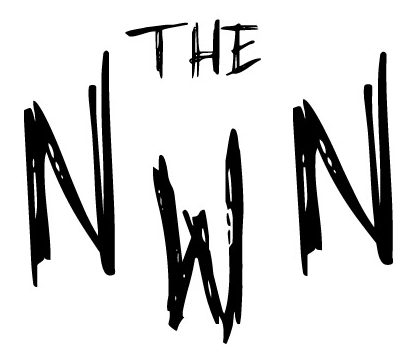Editorial: Is Canvas Helping Us Manage Our Learning?

Sep 17, 2020
As the Niles West community proceeds with the second round of remote learning, students and staff alike have been forced to navigate uncharted waters as best as they can. To facilitate remote learning, District 219 purchased Canvas, a Learning Management System (LMS) that replaces the district’s use of Google Classroom. This warrants the question: is Canvas helping us manage our learning?
Frankly, it’s not.
Canvas is the hub of remote learning and is responsible for the organization of all D219 classes. It houses course handouts, assignments, grades, class announcements, and email. This application completely replaced the use of Google Classroom, a service that students have used in conjunction with their classes for years. The sudden migration to Canvas caused mass confusion amidst a time of persisting uncertainty. Many students and staff are still adjusting to a new schedule, new pacing, and asynchronous learning, and now they are trying to navigate all of that with a completely new application, with what feels like very little guidance.
As a staff, the NWN wanted to put out a story with tips on how to use Canvas, and out of our entire class, not one person felt confident enough in their understanding of the application to offer advice to others. Though our staff is not representative of the entire student body, we thought this was an important measure of student confidence with Canvas. Canvas causes students to struggle to navigate the ever-changing home pages on their dashboard, as teachers struggle to build an online environment that makes sense for them, their class, and their students. For example, some teachers use the assignments for everything, including things that don’t count for points. Some use modules by theme, some use modules by week, some don’t use modules. Others link course content through the calendar. Still others post assignments during asynchronous time and use announcements to communicate this to students. Our inboxes are overwhelmed.
Students who turn to teachers with questions regarding Canvas are often met with equal confusion and few answers. We actually are “in this together.”
Remote learning while using Google Classroom during the 2019-2020 school year was a complicated feat that teachers and students worked together to complete. This was done with no opportunity for prior planning, as the pandemic swept the world off its feet almost overnight. But the 2020-2021 school year had the potential to be different. Teachers could have been given the opportunity to plan their lessons remotely, using a familiar, effective tool: Google Classroom. Instead, a new application was introduced mere weeks before the school year began.
Students had an even later access date to Canvas. Just one day before school began, students were given access to their Canvas accounts. This only granted access to the site but didn’t provide real opportunity to experience how classes would operate, and that was something that had to be learned as the school year progressed. Parents didn’t get access until Sept. 9.
Students felt comfortable with Google Classroom. It was an application that both students and teachers knew the ins and outs of, and it made submitting assignments a breeze, as it was familiar. And it provides many of the same features as Canvas. Canvas has no sense of familiarity and has increased stress for all parties involved. Many students feel the adaptation of Canvas was untimely, and it has only made adjusting to this school year more complicated.
This leads us to conclude that the purchase of Canvas was unnecessary, at least for the start of this school year. Migrating to a new application during a global pandemic where there would be no physical interaction and no chance for in-person discourse leaves little room for success. The circumstances of remote learning make it such that many students are left feeling lost as they navigate Canvas and are often unsure of where to turn to get their questions answered effectively.
During uncertain times, controlling variables is so important. Instead, an integral, familiar learning tool was eliminated, leaving students and staff to solve the many unknown variables of Canvas.




Alum • Sep 18, 2020 at 12:00 AM
Canvas is a better platform than Google Classroom and is what most universities use. It really is a better platform with better capabilities.
The problem sounds like the rollout was a mess, and the teachers weren’t given enough training to be able to help the students.
I would say don’t give up on it.
It sounds like the administration really failed with the rollout though. They need to do more to improve this, fast.